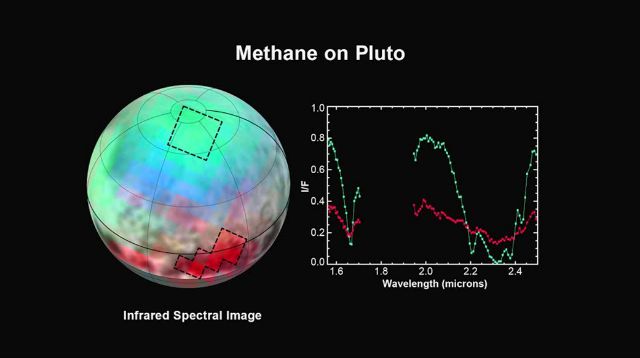Of course the Pluto fly-by has been one of the most talked-about news stories in a long time. Until this year, we have never seen photos of the dwarf planet that is 4.67 billion miles away. That’s nearly 30 times the distance from Earth to the sun. If you wanted to send a light signal to Pluto, it would take 4.6 hours for someone standing on Pluto to see it. Because of the vast distance between Pluto and our planet, it has remained shrouded in mystery.
Crazy.
Perhaps the craziest part of all of it is the foresight and planning it takes to explore the final frontier. NASA’s New Horizons launched on January 19, 2006. Now, almost a decade later, we are seeing the fruits of years of labor, stress, and planning. This launch was carefully planned so that just over nine years after New Horizons’ launch, it would come within 7,800 miles of Pluto.
So many people are excited to catch a glimpse of Pluto at long last… but what are NASA’s scientists planning next? If all goes well with New Horizons, the NASA team is hoping to send their spacecraft deeper into the Kuiper Belt. Even if they decide to move forward with this mission, it will be four long years before New Horizons arrives at its destination to take more photos.
We now know a little bit more about our tiniest neighboring planet, but our the rest of our solar system still holds more questions than answers. How can Neptune’s winds reach the terrifying speed of 1,500 miles per hour with such weak internal heat? Why is our sun’s south pole so much cooler than the north pole? What is it about Mars that two thirds of all missions to visit the Red Planet have failed? Why does Venus rotate opposite the rest of the planets in our solar system? How is it that one of Jupiter’s moons, Titan, has an atmosphere that is one and a half times as thick as the atmosphere here on Earth?
With so many mysteries remaining in our solar system alone, STEM education is more important than ever. The scientists at NASA aren’t thinking about the here and now. They are thinking years ahead, planning for missions that won’t take place for decades. That’s why we will continue to need innovative people in STEM jobs who can pave the way for the future.
We’ve learned so much more about Pluto now… what mystery will we solve next?



